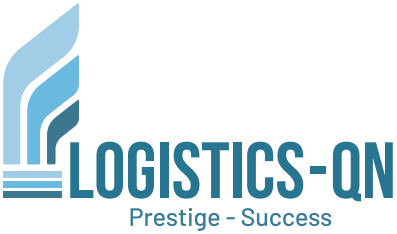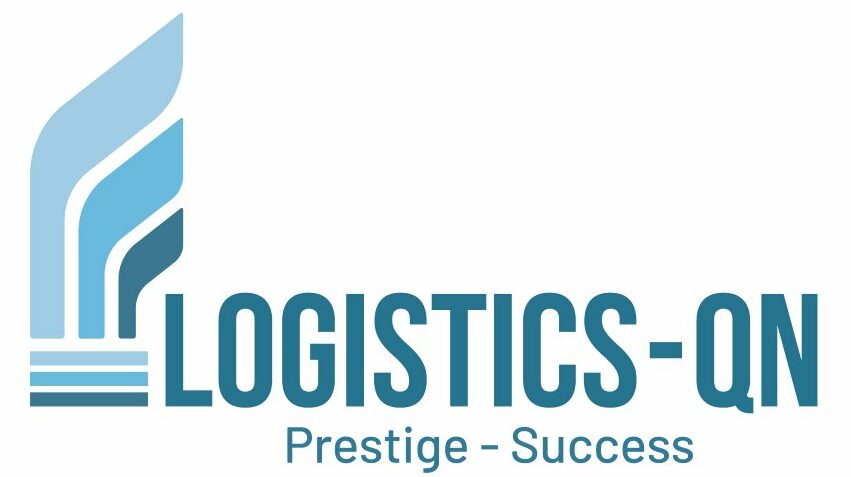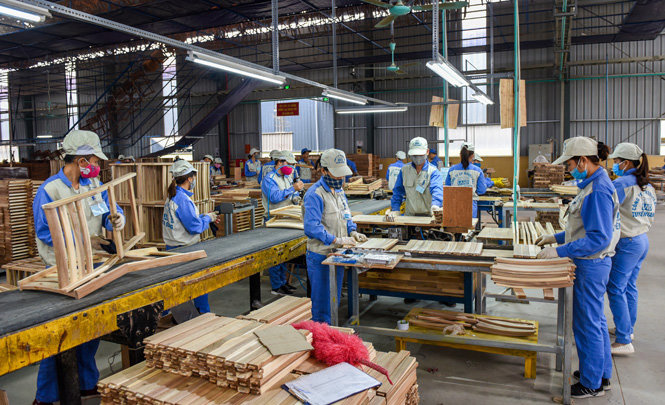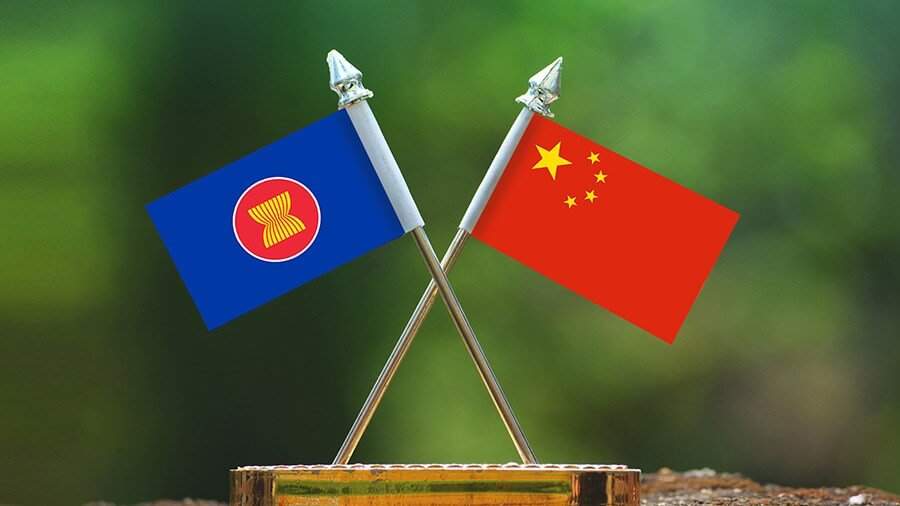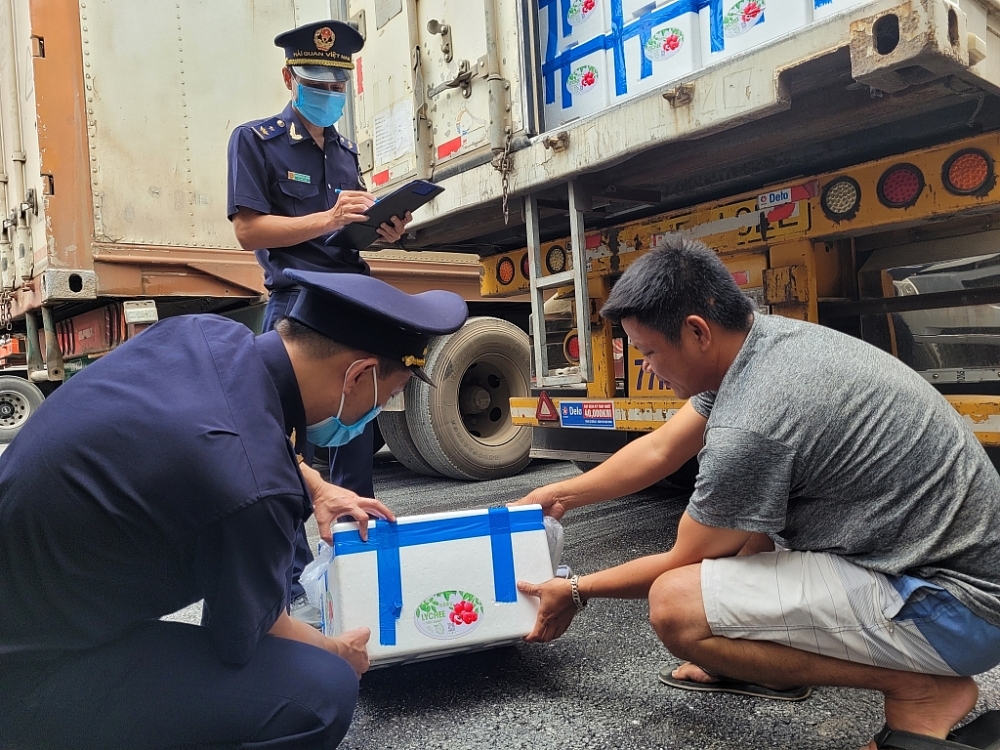There will be major changes in the management of border trade activities when the Government’s Decree No. 14/2018/ND-CP dated January 23, 2018 is amended and supplemented to gradually change border trade activities. from “small quota” to official quota, to overcome the congestion of goods at the border gate area at the time of main harvest season or on holidays and Tet.

Thanh Hoa Customs officers propagate and guide border residents on procedures and policies.
Photo: Phong Nhan
The draft Decree amending and supplementing Decree 14/2018/ND-CP on border trade activities is being drafted and drafted by the Ministry of Industry and Trade, consulting ministries, branches, businesses and people.
The assessment of the Ministry of Industry and Trade shows that, although significant benefits have been achieved, such as creating transparency in the implementation of administrative procedures in a quick and timely manner, creating favorable conditions for traders, businesses and individuals. Businesses and border residents trade and exchange goods in border areas, contributing to promoting effective border trade activities, but Decree 14 still has many shortcomings. The exchange, purchase and sale of goods by border residents are being carried out not in accordance with the nature of the exchange of residents; There is also a situation of taking advantage of the form of resident exchange for large trade, especially in the border area between Vietnam and China. This is a “small quota” activity as mentioned in the past.
In addition, a number of current regulations are considered to be no longer appropriate or not keeping up with the actual situation of border trade development as well as policies and orientations for border management, import and export development. in general today.
Moreover, in recent years, China has strengthened management and control of import activities at the border area; communication to raise awareness for Chinese businesses and consumers about food hygiene and safety. In particular, China is increasingly tightening quarantine, testing and quality control of imported agricultural products through technical procedures such as traceability, registration requirements for farming areas and exporters of agricultural products and foodstuffs; food safety management for import and export. Therefore, the mode of small-scale export is increasingly precarious, unsustainable, and there are no longer many opportunities for Vietnam’s agricultural and aquatic products, especially those that have not been registered for traceability.
According to the Ministry of Industry and Trade, in order to bring the activities of exchanging, buying and selling goods of border residents into the true nature of resident exchange, it is not allowed to take advantage of the form of exchanging residents for large trade; promoting the export of goods in the form of official trade, overcoming the congestion of goods at border gates over the past time, the draft revised decree will have important changes such as: not allowing take advantage of the form of exchange of residents for large trade. However, the change will be done step by step according to a long enough roadmap, without sudden changes so that border trade activities gradually adapt to the transition from “small quota” to “official” status.
Specifically, the proposed amendment plan is, from January 1, 2025, to reduce the number of times of tax exemption and the amount of tax exemption for importing goods in the form of resident exchange to harmonize and synchronize. with the change of policy for the export of goods in the form of resident exchange.
From January 1, 2025, exported goods must fully meet quality standards and traceability regulations at the request of the importing country, even for goods exchanged between border residents.
From January 1, 2025, only residents residing in the border area are allowed to export in the form of resident exchange. Officially applying new norms for goods trading and exchange of border residents. In addition, when carrying out activities of buying, selling and exchanging goods across the border, residents must be present for exit procedures.
From January 1, 2026, goods that have been exported to China in the form of official channels are only allowed to go through export procedures at international border gates, main border gates (bilateral border gates) and other border gates. There is a bilateral agreement on allowing import, export and exchange of goods.
Since January 1, 2027, to stop all import and export activities of goods at all border gates and openings without reaching a bilateral agreement on the opening of border gates and openings.
From January 1, 2028, at all border gates, the opening only allows to carry out export procedures to China for goods that have entered China through international or main border gates.
This option is considered to overcome the problems and inadequacies arising from the practical implementation of Decree No. 14/2018/ND-CP; promote border trade to gradually shift from small-traffic to official-quota; overcome the congestion of goods at border gates, especially on holidays, Tet or the main harvest time of agricultural products; contribute to raising the awareness of people and producers about the cultivation and use of derived products, ensuring food hygiene and safety; at the same time, contributing to helping state management agencies improve the efficiency of implementing regulations on traceability at the request of the importing country. However, if the above changes are made, it will have a strong impact on the part of traders and people who are operating in the form of “substandard” business. traders operating in the form of “small-quota” business will have to improve their capacity and improve their operational apparatus to convert to the official form of business.
